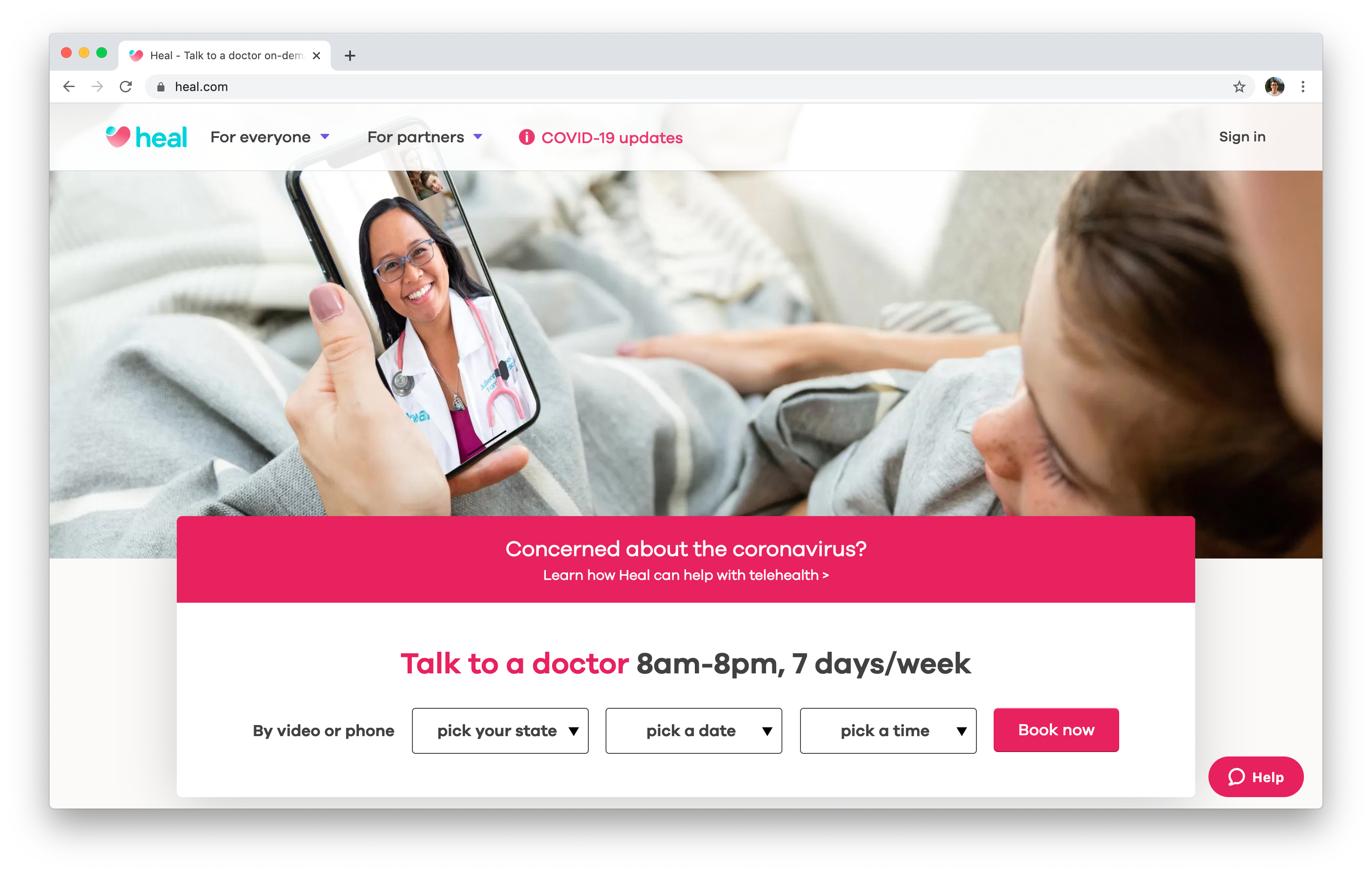The Surge of Subscription-Based Healthcare and Its Impact on Person Treatment
As health care develops, the subscription-based design is acquiring traction, promising to change patient care by offering predictability and access. The potential for these designs to reshape medical care shipment elevates pushing concerns about their long-lasting sustainability and inclusivity. Are these subscription services the future of medical care, or do they take the chance of leaving susceptible populaces behind?
Understanding Subscription Medical Care Designs
Understanding the principle of subscription healthcare versions involves analyzing a transformative approach to medical services that emphasizes affordability and accessibility. These models, usually described as direct medical care (DPC) or attendant medicine, have emerged as innovative choices to typical fee-for-service healthcare systems. Subscription medical care enables individuals to pay a fixed regular monthly or annual charge for a defined set of clinical services, which may consist of unrestricted office brows through, regular exams, and standard laboratory tests, without the need for typical insurance policy billing.
The framework of registration medical care versions is developed to simplify person care by removing third-party payers and intricate billing codes, consequently lowering administrative problems. Healthcare service providers can concentrate much more on client care, cultivating more powerful patient-provider partnerships. This version also advertises preventative treatment by urging normal sees, as the financial challenge of per-visit costs is gotten rid of.
The subscription model often empowers doctor to manage smaller sized patient panels, permitting for more customized care. It straightens financial incentives with individual wellness end results, as suppliers are inspired to preserve patient satisfaction and well-being. Generally, recognizing membership health care designs calls for identifying their possible to reshape just how treatment is provided and accessed.
Benefits for Individuals and Companies

With a steady revenue stream, health care specialists can dedicate even more time to each person, leading to a more individualized and thorough treatment experience. The emphasis on precautionary care within membership strategies can lead to far better client end results and lowered long-lasting medical care expenses.
Worries and obstacles
While subscription-based medical care models present many advantages, they likewise feature a collection of challenges and worries that must be resolved. First, accessibility stays a significant problem, as these designs typically target individuals that can manage monthly charges, potentially excluding low-income populations. This increases honest questions about equitable access to healthcare services. In addition, the diverse nature of subscription plans can result in complication amongst individuals regarding coverage specifics, potentially leading to unmet assumptions or insufficient treatment.
Financial sustainability of subscription-based designs is an additional worry. Service providers must balance the fixed revenue from registrations with the variable prices of health care services, which may rise and fall as a result of unpredicted clinical needs. This can create stress to limit solutions or rise charges, possibly affecting client complete satisfaction and care top quality.
In addition, governing oversight of subscription-based health care versions is still advancing. The absence of standard structures can bring about inconsistent solution top quality and liability, complicating initiatives to guarantee person security. The integration of innovation-- usually a foundation of these models-- increases inquiries about information personal privacy and safety and security, as sensitive individual information might be at risk to violations. Dealing with these obstacles is crucial for the fair and effective execution of subscription-based healthcare.
Impact on Patient-Doctor Relationships
One substantial impact of subscription-based healthcare models on patient-doctor connections is the capacity for improved connection and customized care. By adopting a membership model, doctors can handle a smaller sized person panel, allowing for more devoted time with each individual. This increased availability promotes a much deeper understanding of a person's clinical background, way of living, and choices, making it possible for much more customized therapy plans and treatments.

Nevertheless, it is necessary look what i found to identify that while subscription-based models may benefit those that can afford them, they could accidentally expand health care disparities. People who are incapable to join these versions could experience decreased access to customized care, possibly impacting their connections with healthcare companies. Thus, while the registration version supplies promising benefits for patient-doctor partnerships, it likewise poses obstacles that need to be addressed to guarantee equitable health care accessibility.
Future of Health Care Accessibility

The role of innovation can not be neglected in this improvement. Telemedicine systems and digital health and wellness documents assist in smooth communication in between patients and healthcare suppliers, damaging down logistical and geographical obstacles. In addition, improvements in man-made knowledge and information analytics can even more personalize medical care view publisher site by predicting patient requirements and maximizing therapy plans.
However, the future of medical care gain access to also offers difficulties, such as making sure equity across different socio-economic teams. Policymakers and doctor need to team up to link the digital divide, guaranteeing that subscription-based models stay economical and comprehensive. As these systems mature, they hold the assurance of making healthcare more accessible, reliable, and patient-centric.
Conclusion
Subscription-based healthcare designs are improving client care by supplying a secure cost framework and improving access. These designs reinforce patient-provider connections through customized treatment and normal check outs, stressing preventative health. In spite of these advantages, difficulties such as availability concerns for low-income populations and the need for equitable healthcare options persist. The surge of subscription-based healthcare motivates positive individual engagement, which has the potential to boost client end results and satisfaction, signaling a transformative shift in medical care distribution.
As healthcare progresses, the subscription-based design is acquiring traction, promising to change person treatment by using predictability and access.Subscription-based medical care versions use distinct advantages for both patients and companies, improving the overall healthcare experience.As health care systems progress, the future of healthcare access regularly hinges on the integration of cutting-edge designs and modern technologies.Subscription-based health care models are improving individual treatment by giving a steady cost framework and boosting access. The increase of subscription-based healthcare motivates proactive patient engagement, which has the potential to improve individual outcomes and satisfaction, signaling a transformative shift in health care delivery.